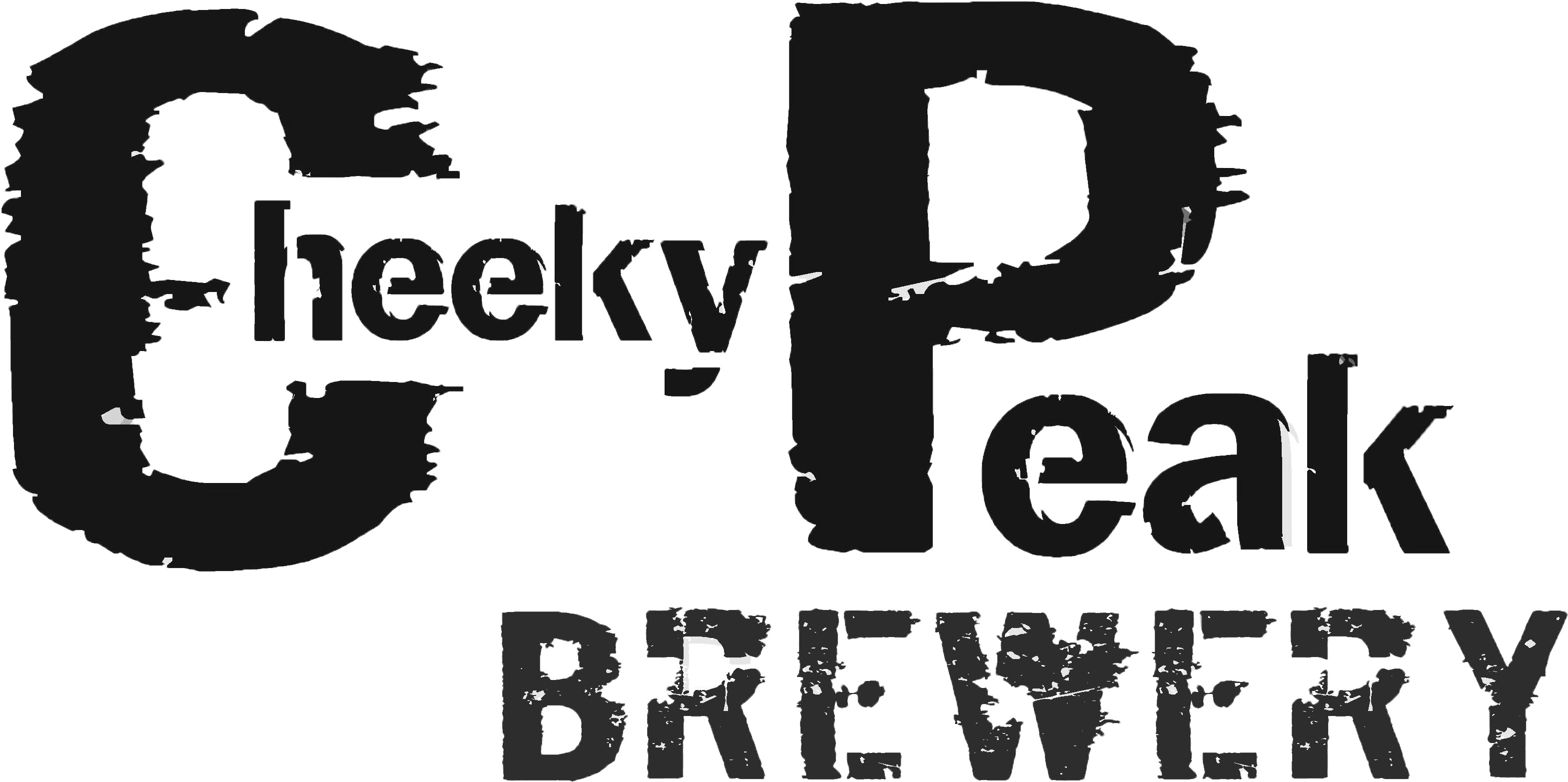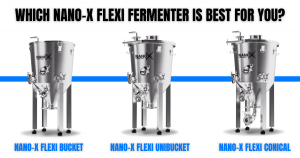Producing high quality session ales in the 3 — 4% abv range has been a challenge for brewers, even the most experienced of brewers.
Consider these 3 factors to ensure you are getting the most out of your session ale…
MALT SELECTION
The quickest way to have your session ale fall short is by lacking malt profile. By broadening your malt selection you will increase the flavour and overall complexity of your malt profile.
Aim to broaden your selection of base malts with varieties such as Maris Otter, Vienna and Munich. For darker styles, be sure to include a broad range of specialty malts specific for the style you’re aiming to create.
Red ales especially benefit from a variety of crystal malts ranging from low to high colour.
YEAST SELECTION
Selecting a low attenuating yeast, in my opinion, is a must. Retaining some sugars will help provide the beer with the required body and sweetness. Highly attenuated session ales tend to create a thin and watery mouthfeel.
On a further note, generally speaking, lower attenuating yeast strains are of English heritage. By selecting these stains, you will further add some complexity to the overall impression of the beer as they tend to bring along a subtle fruity profile when fermented at slightly higher temperatures.
CARBONATION
Carbonation plays a huge role in the final impression of any beer style whether it be be 3% in alcohol or 10%. By lowering the carbonation of your session ale, this will have a huge impact in creating the desired mouthfeel of the final product.
The reduced carbonation will allow the malt profile to become more expressed, whilst also helping to create a full mouthfeel. Too much carbonation will produce a hardness that will thin out the mouthfeel and leave the beer lifeless and dull.
HOMEBREW RECIPE












